Blast Movement & Dilution
In open pit mining it is inevitable that the ore moves during blasting, as shown below. This can lead to excessive dilution and ore loss, resulting in poor reconciliation. Consequently, modelling the movement of ore in blasts has the potential for large economic gains through decreasing both dilution and ore loss.
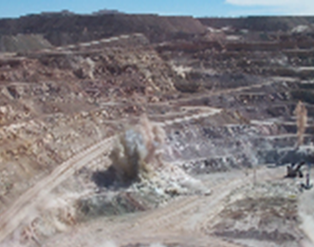
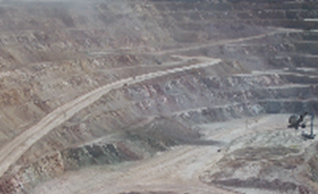
Measuring Blast Movement
Measuring blast movement can be achieved by empirical modelling, or more realistically by the actual 3D measurement of movement during a blast. An example of blast movement vectors is shown below, where the free face is on the right-hand side.
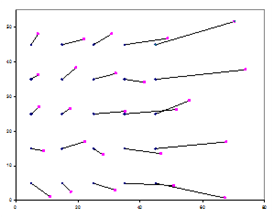
Modelling Blast Movement
Martlet Consultants have developed a method to model blast movement in 3D that accounts for measured blast movement vectors. An example of this approach is shown below where the narrow zone of ore (red) pre-blast becomes mixed with waste (blue) in the blast pile. Traditional grade control practices can then be applied to the blast pile to define ore/waste dig-lines.
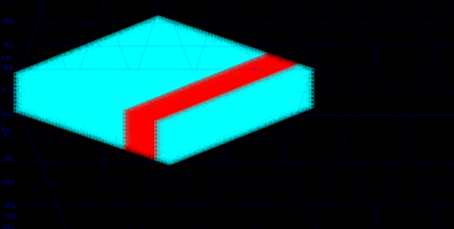
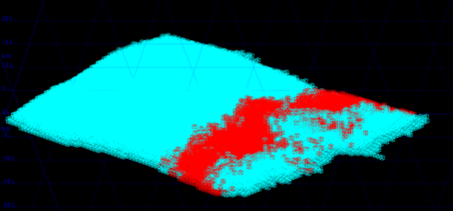
The ore location relative to the free face as well as ore thickness can have a significant impact on the potential dilution, as shown below in pre and post-blast slices through two models.
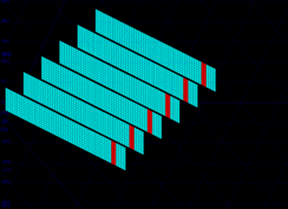 |
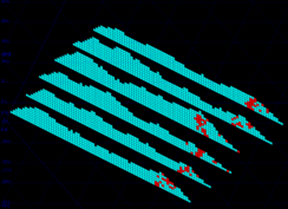 |
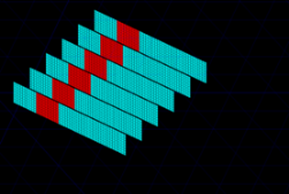 |
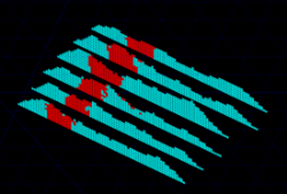 |
If you would like to discuss modelling blast movement to improve the economics of your mining project please contact:Andrew Richmond
